

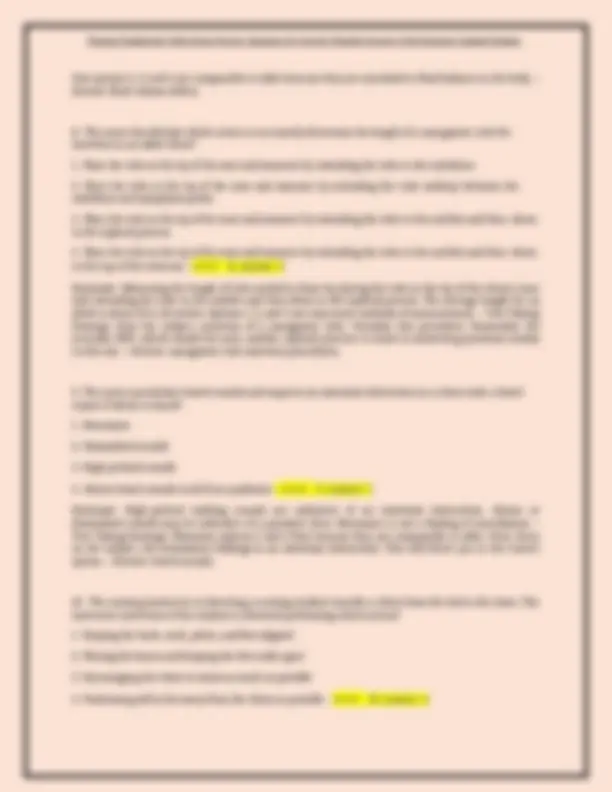
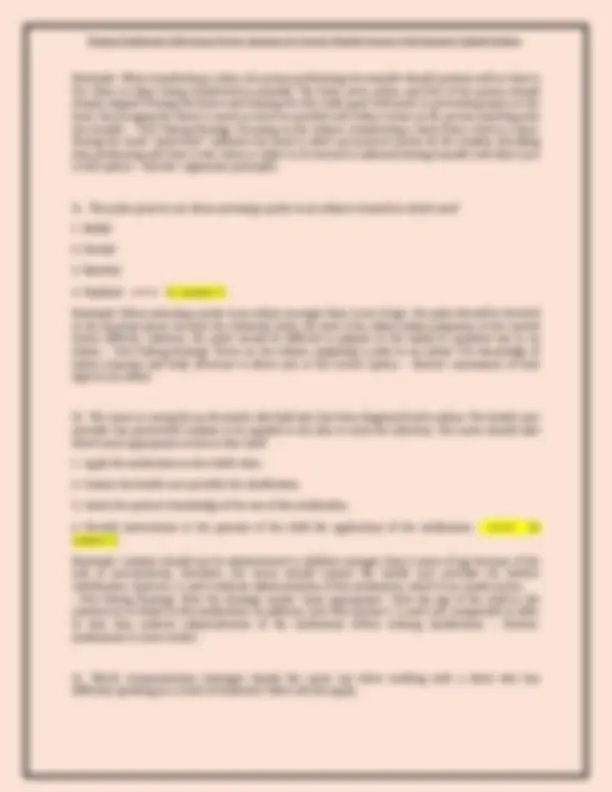
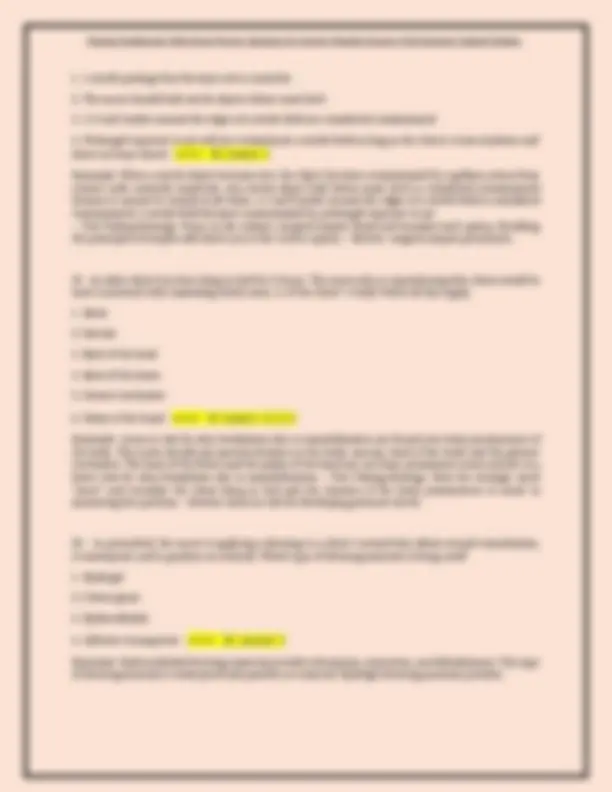
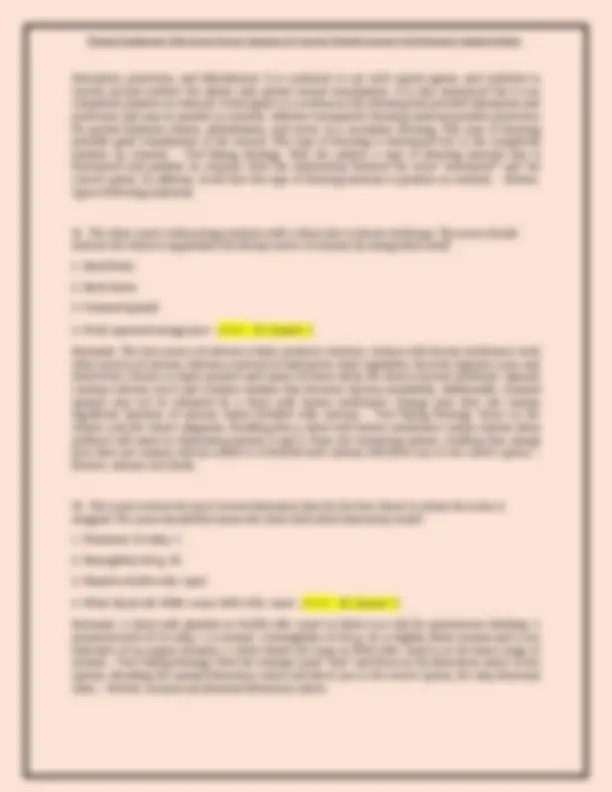
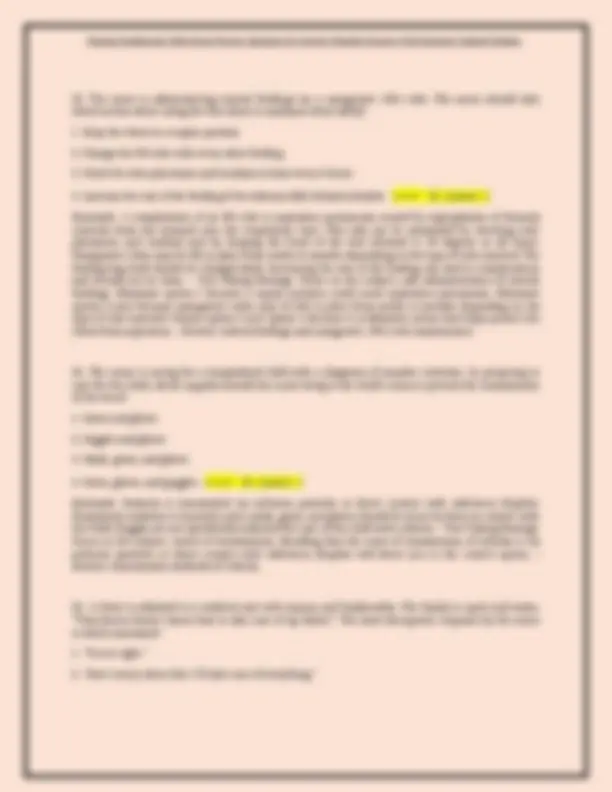
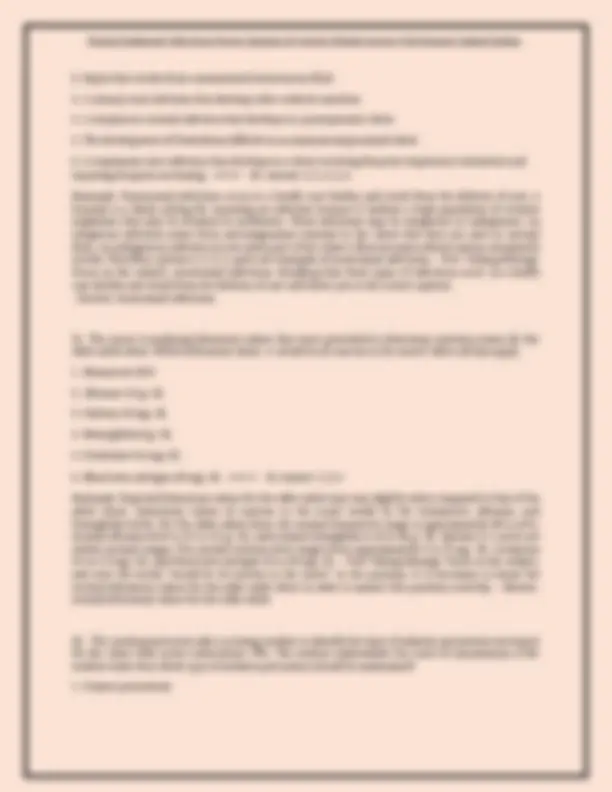
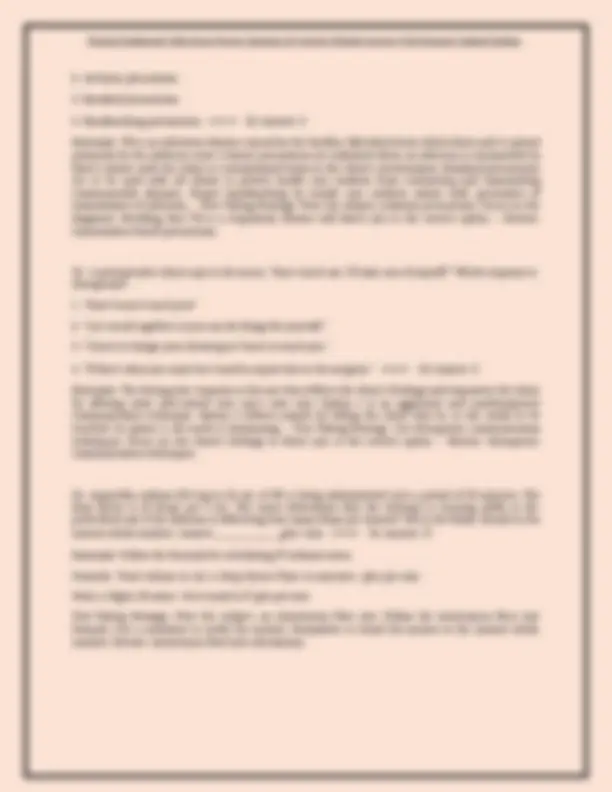
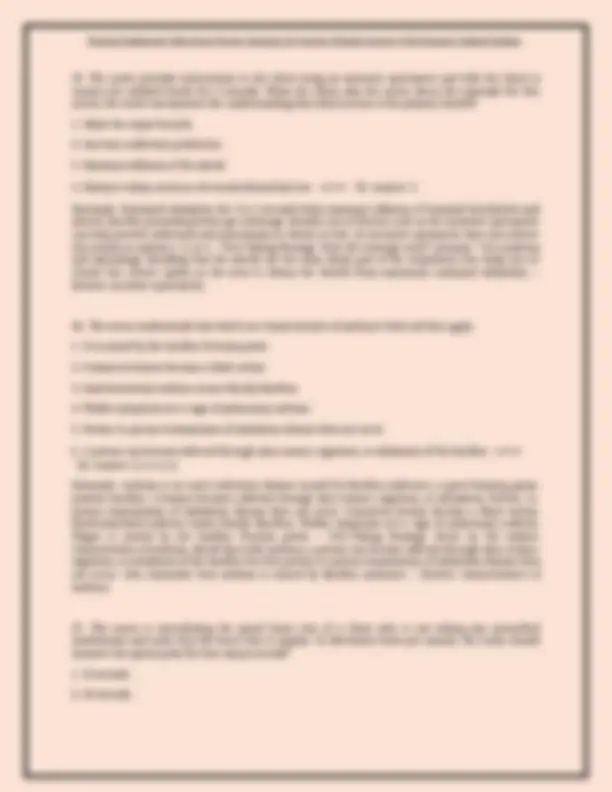
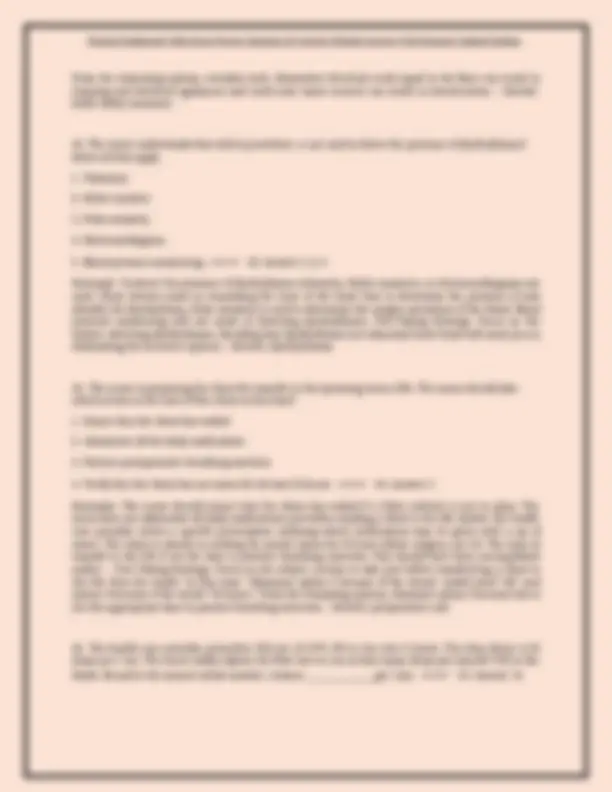
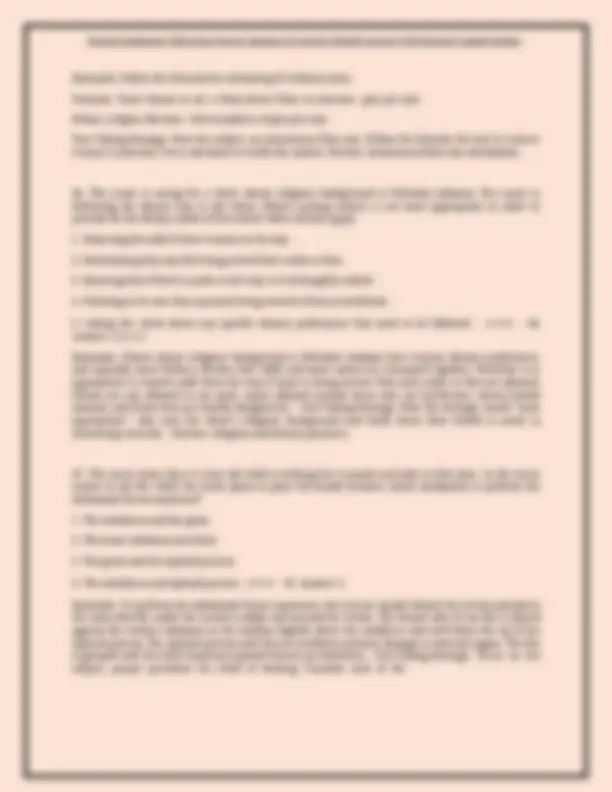
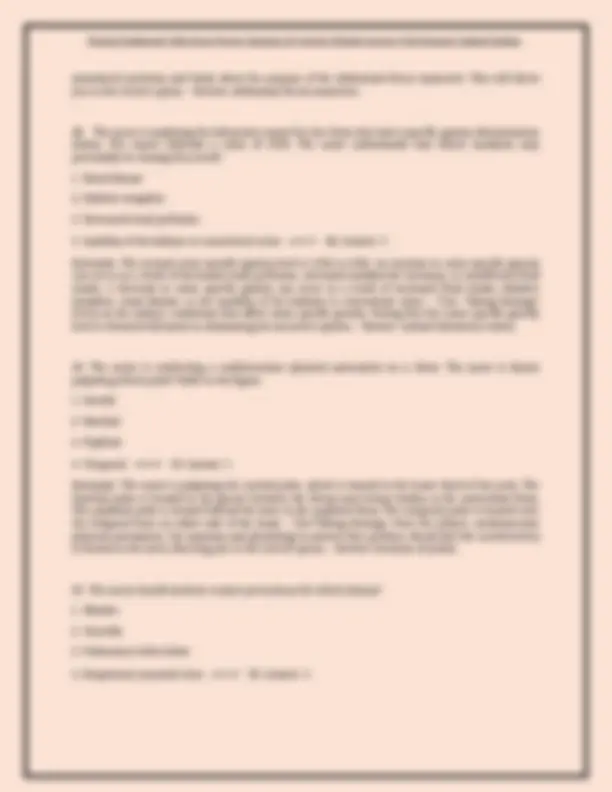
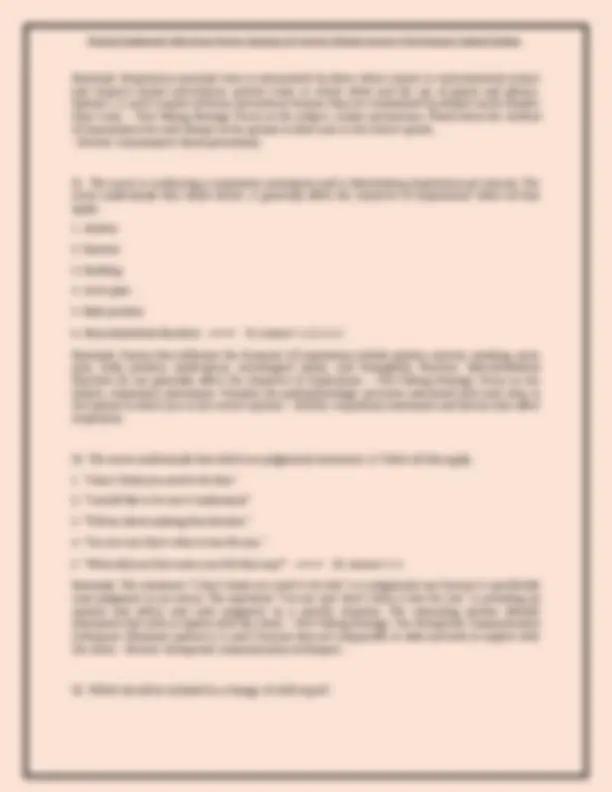
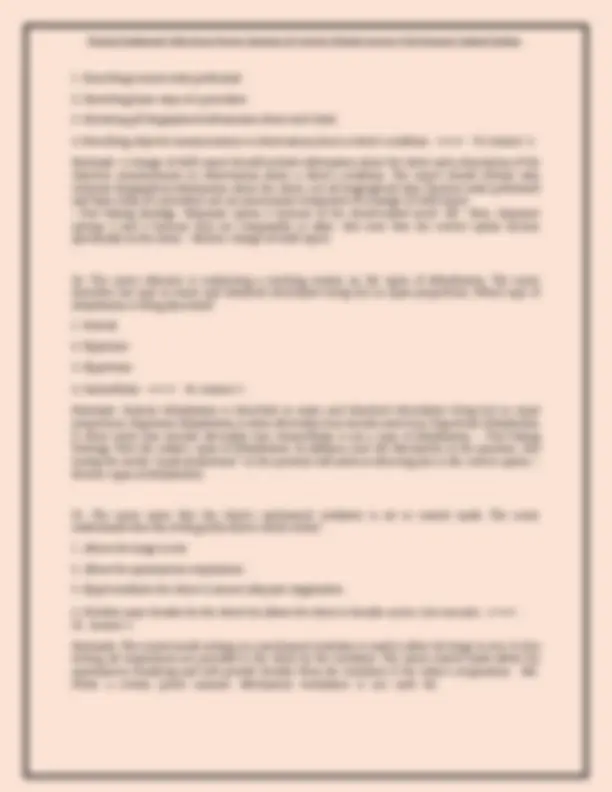
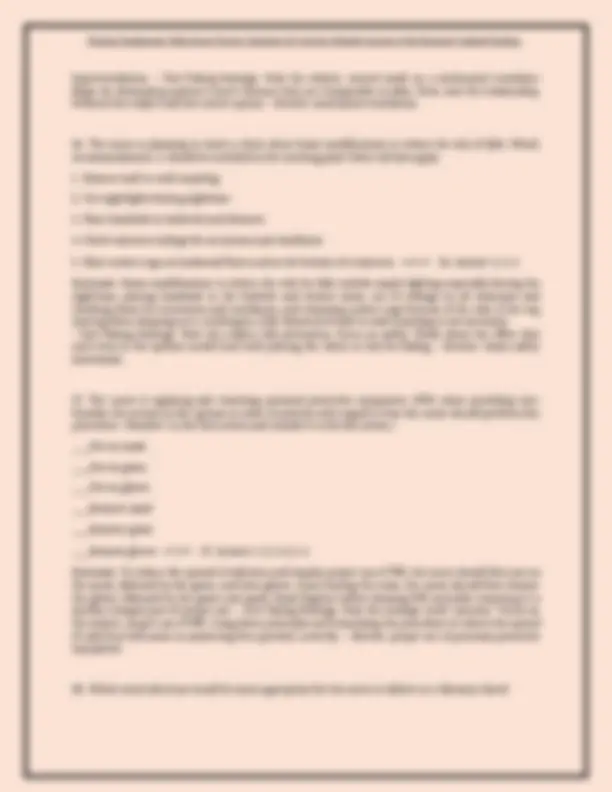
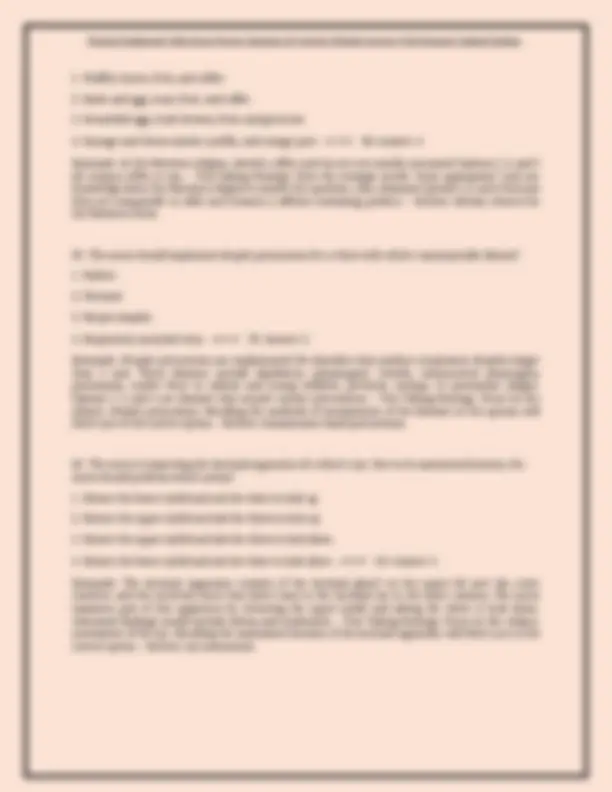
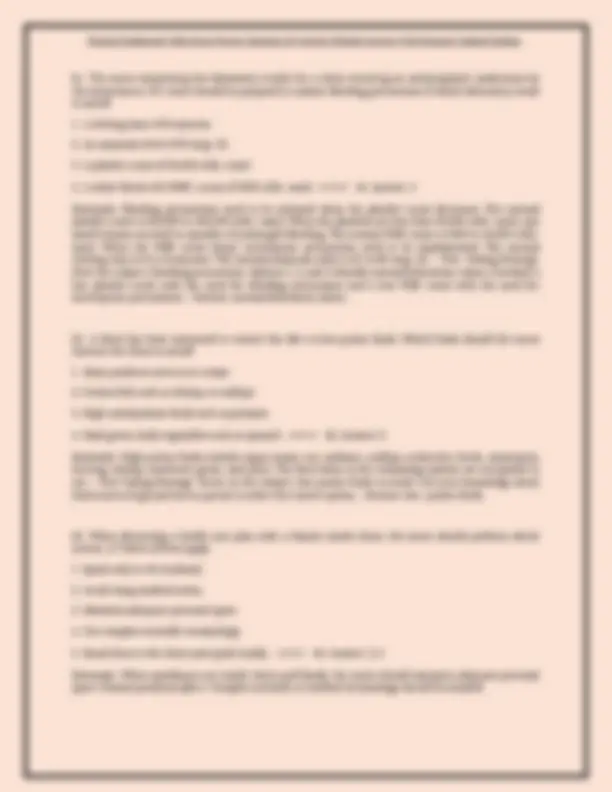
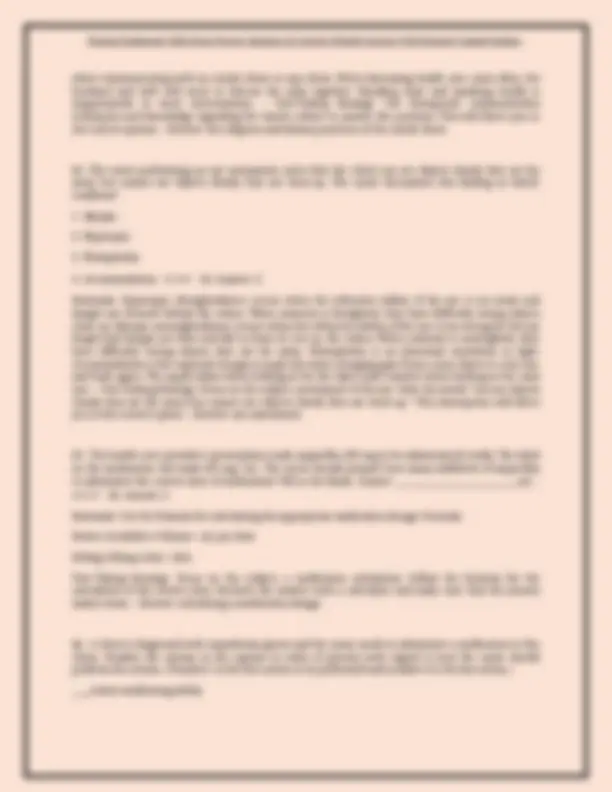
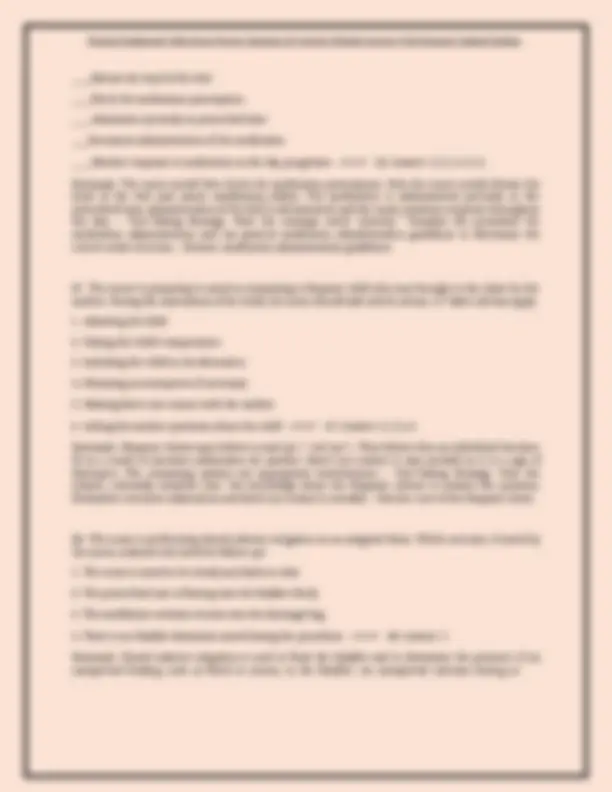
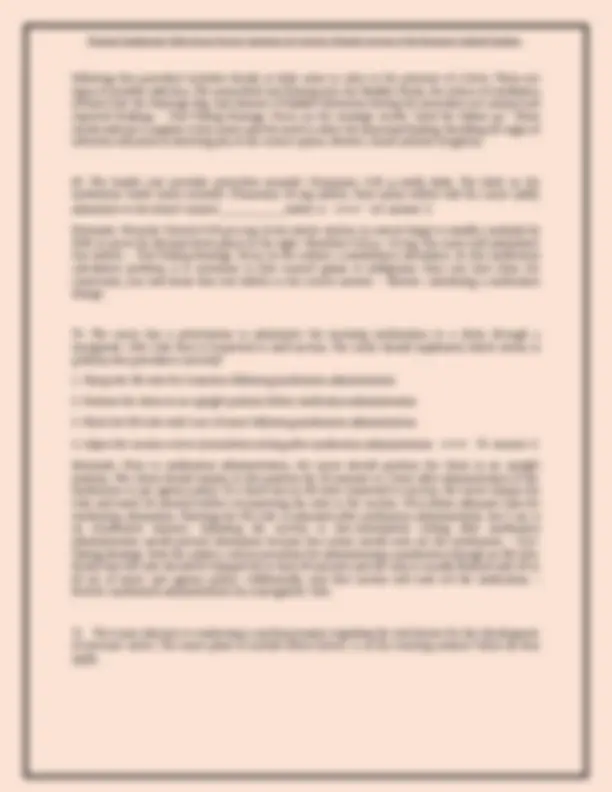
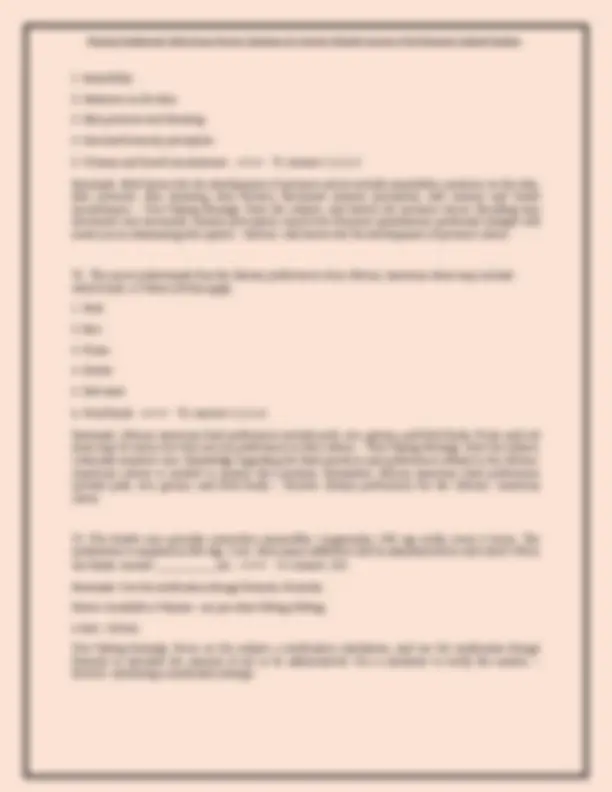
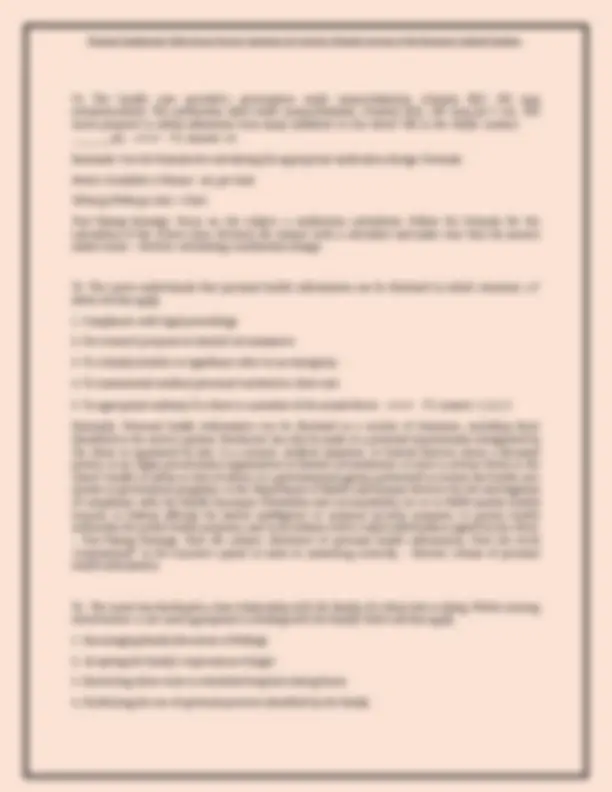
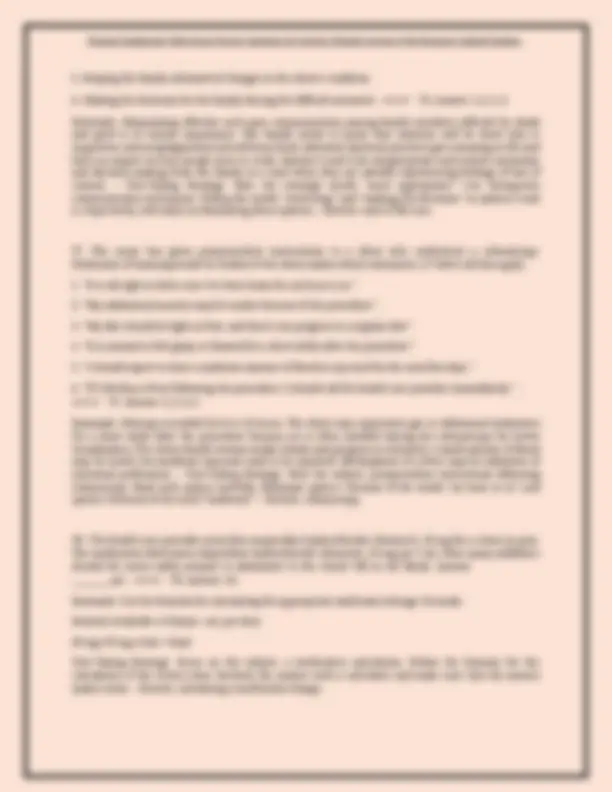
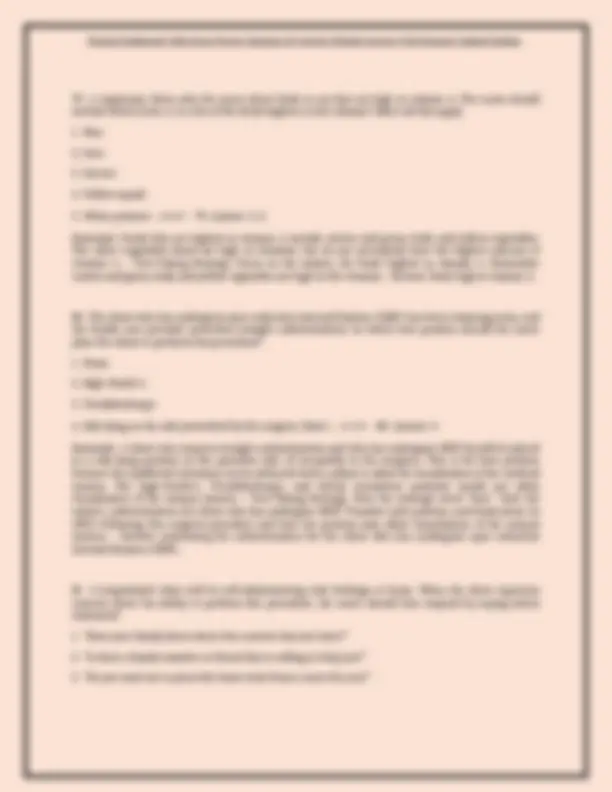
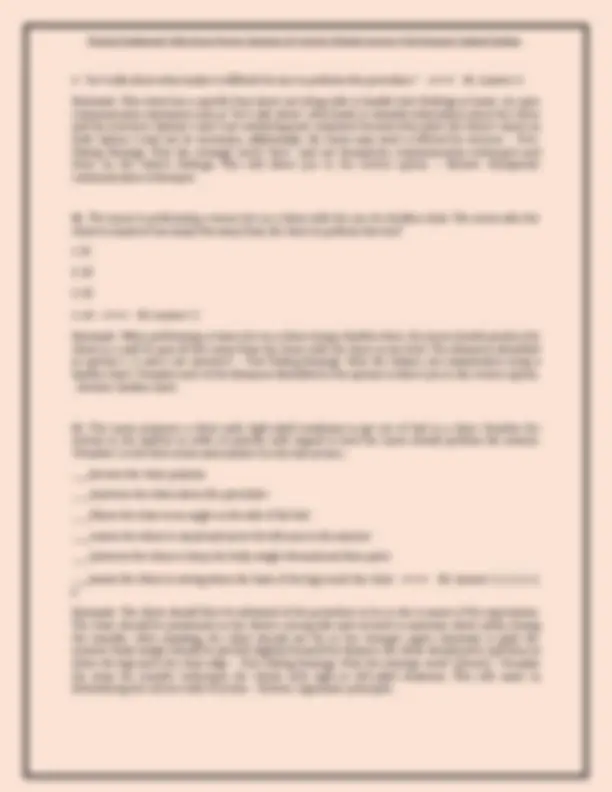
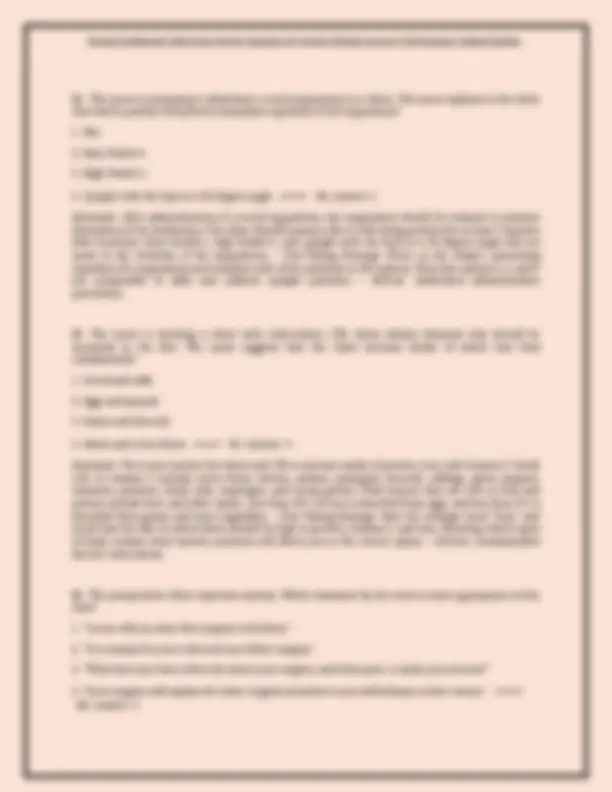
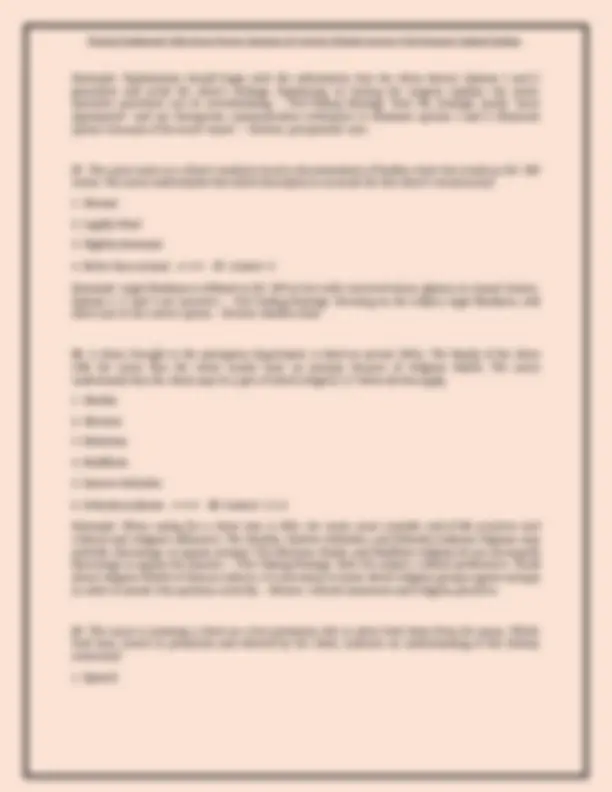
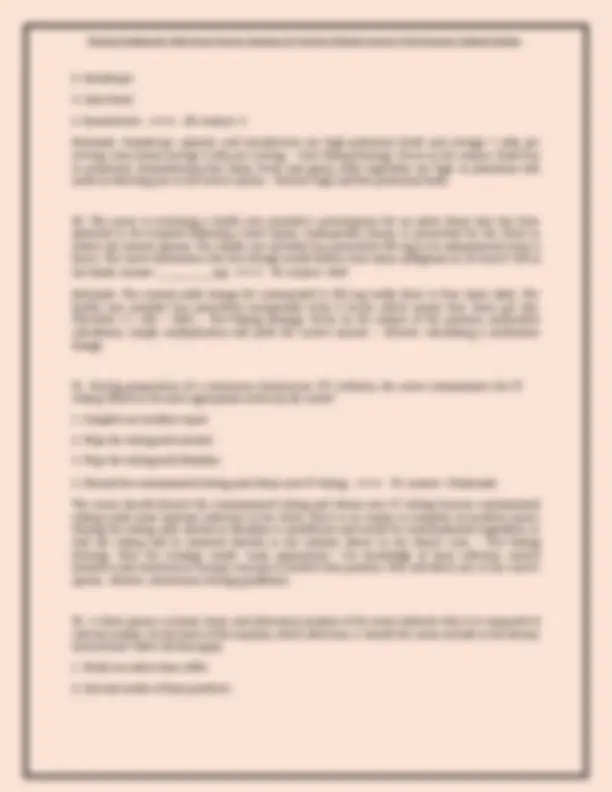
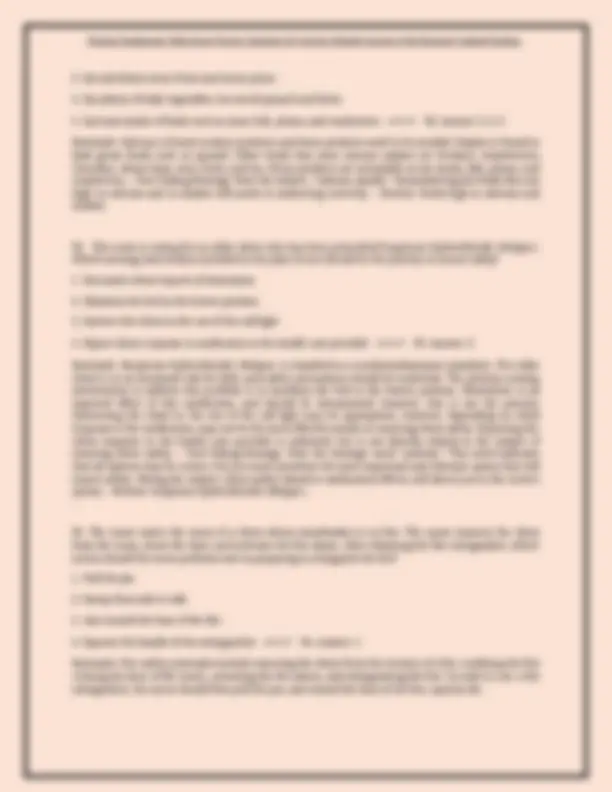
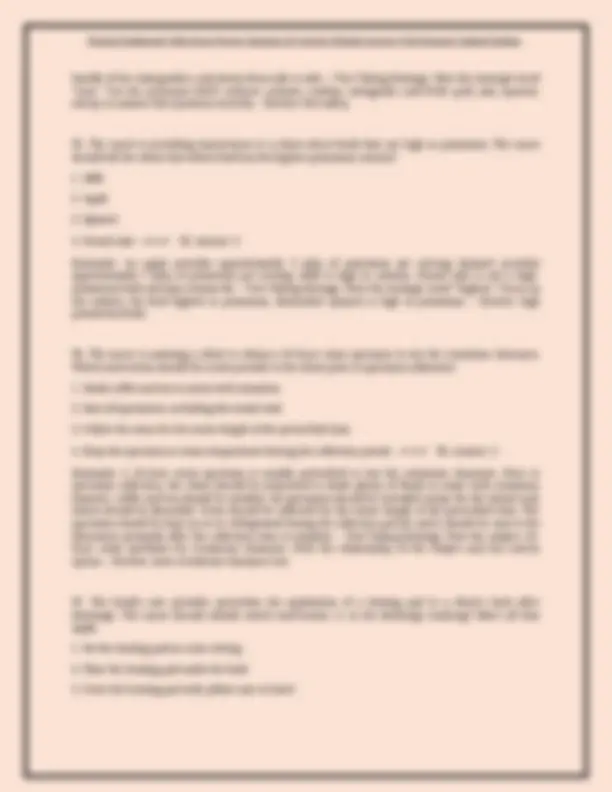
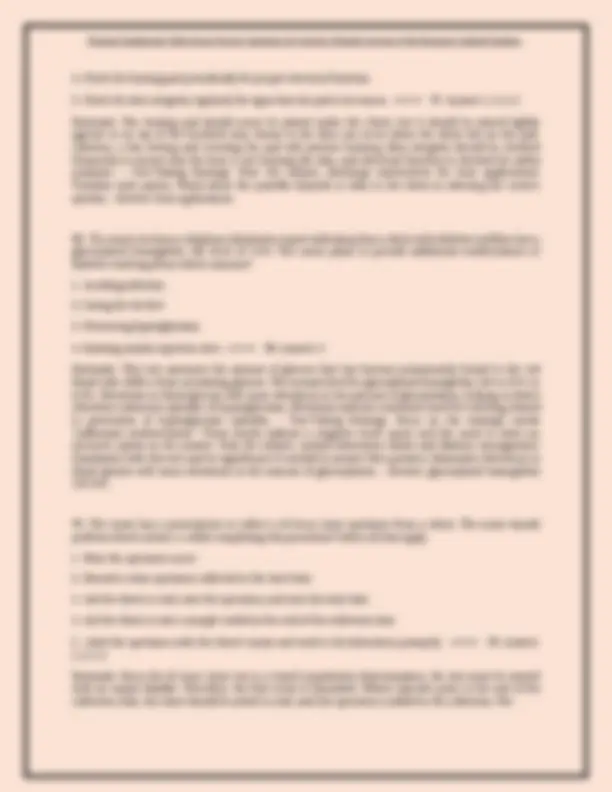
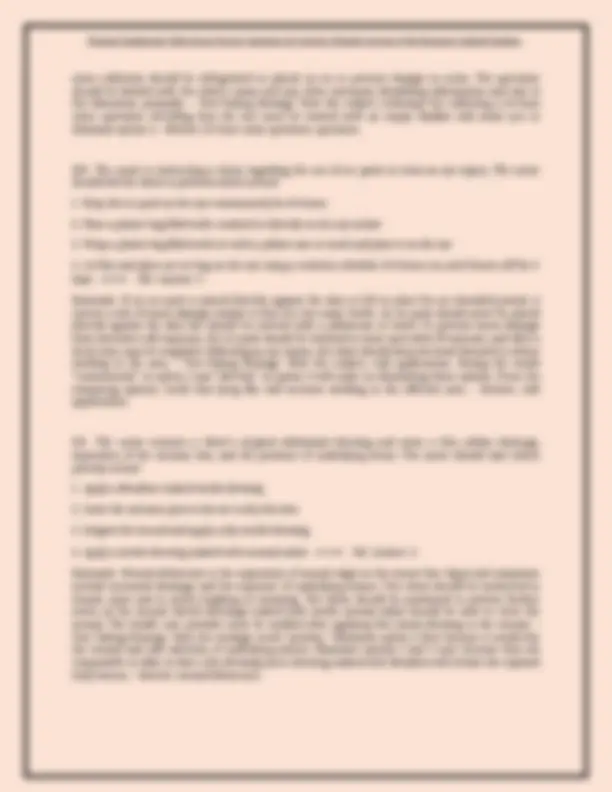
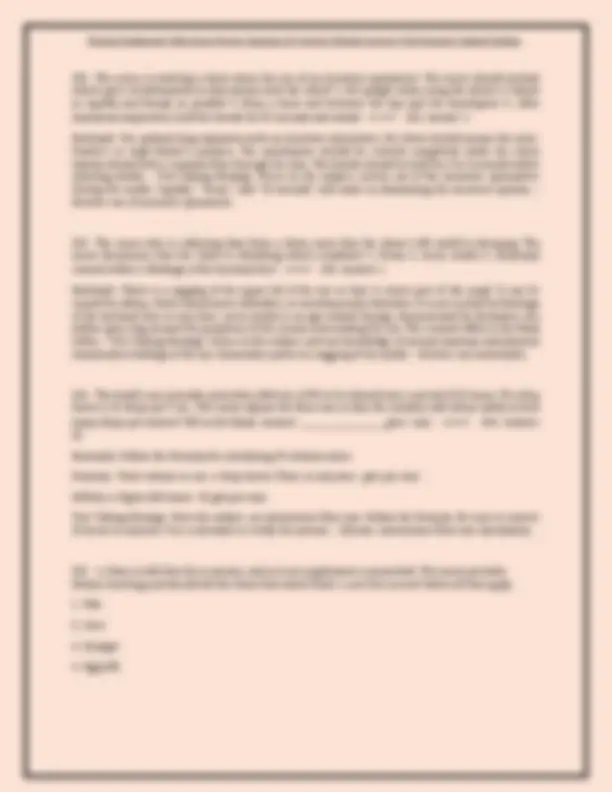
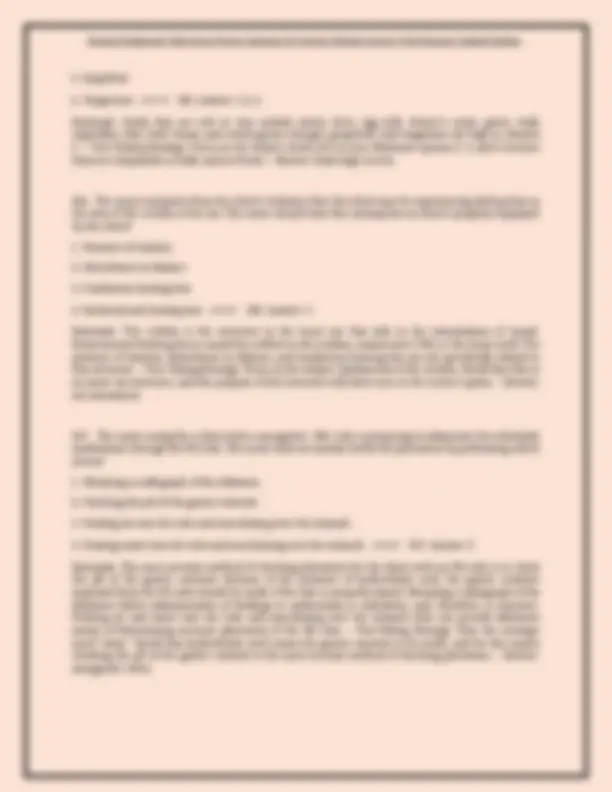
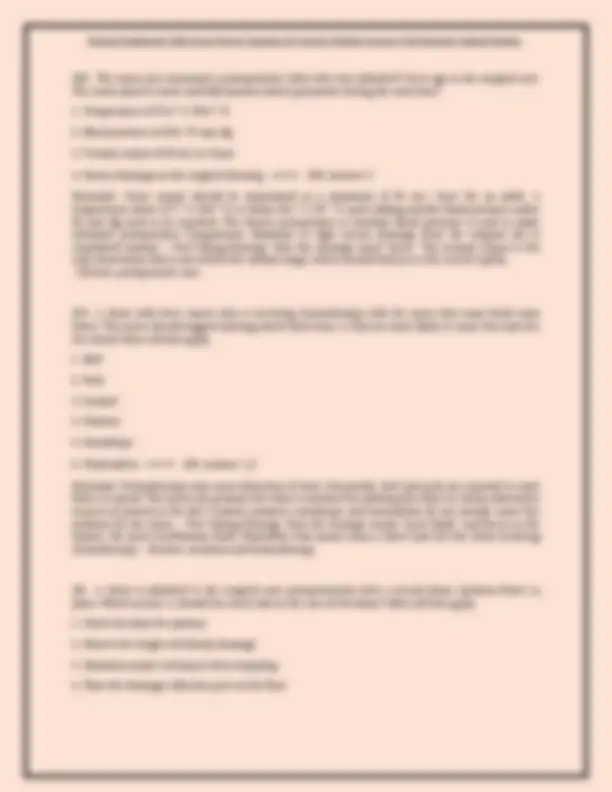
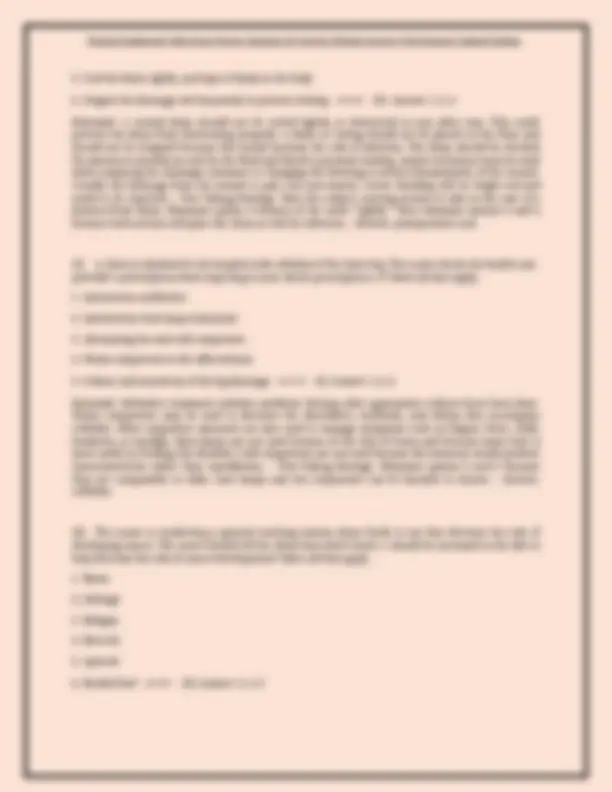
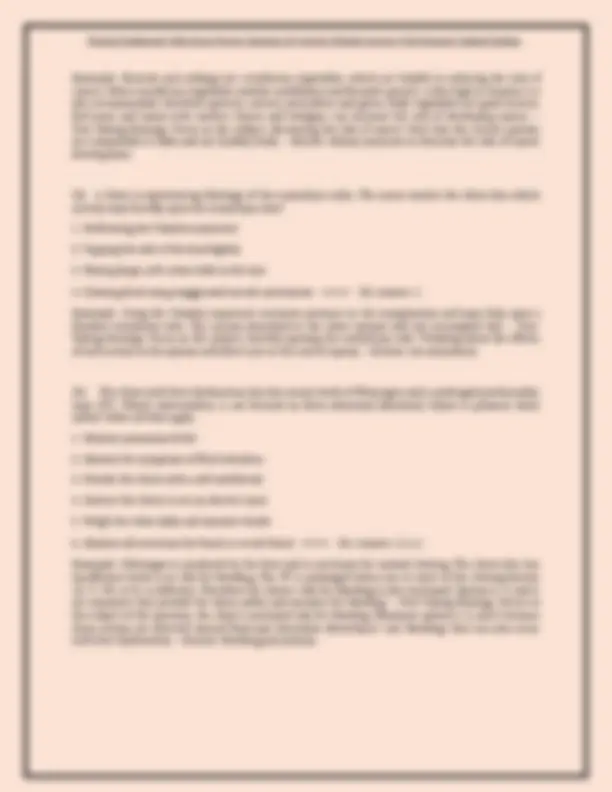
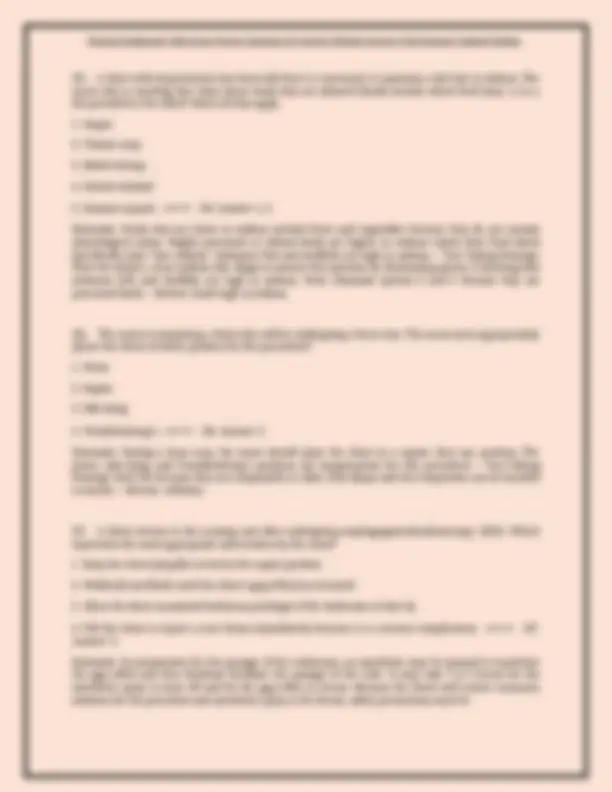
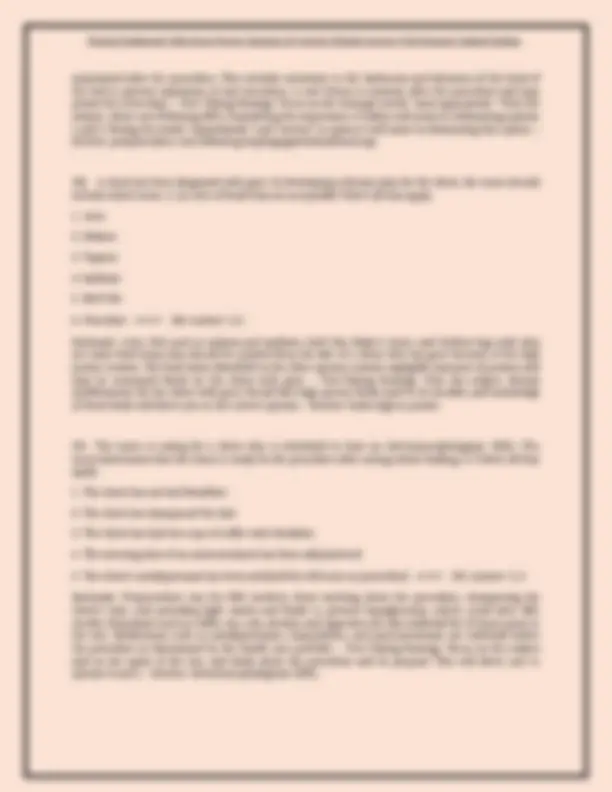
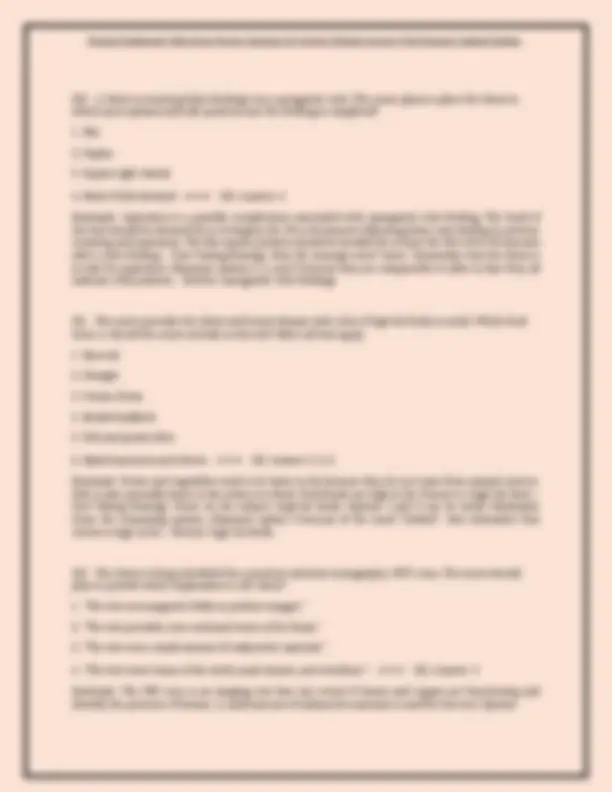
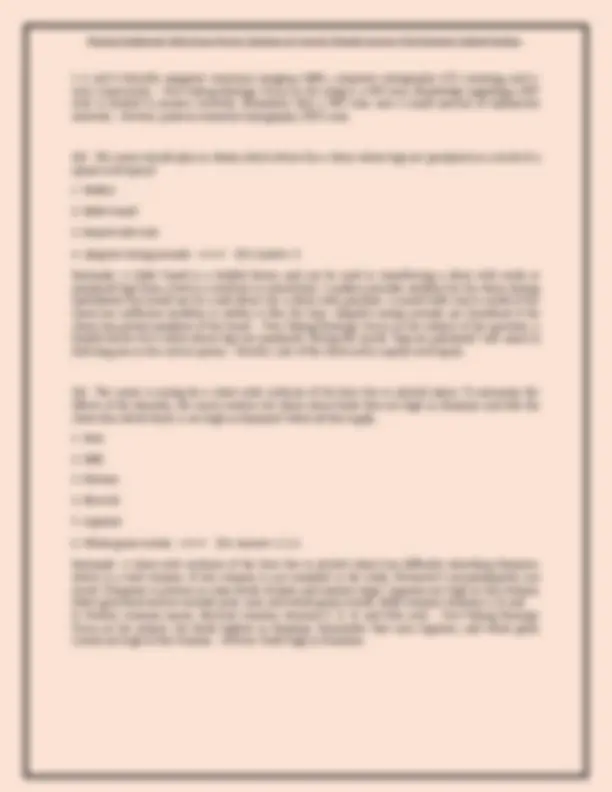
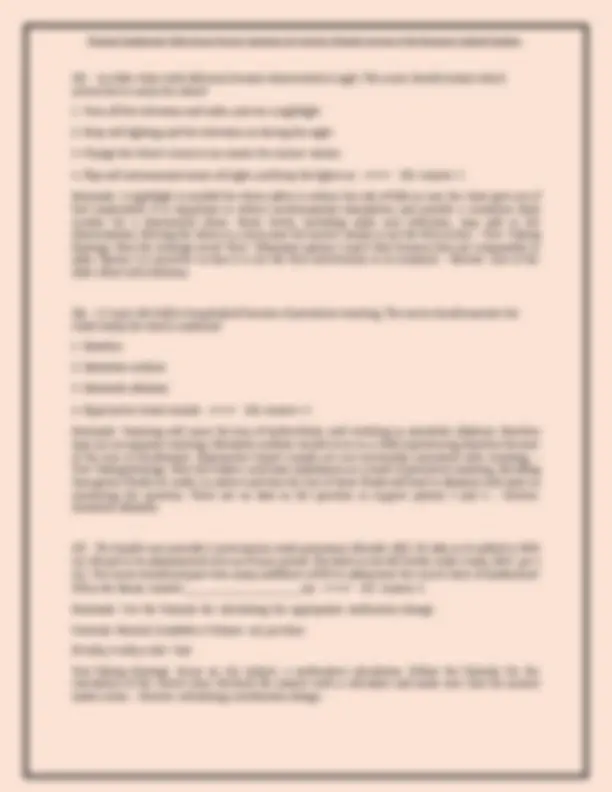
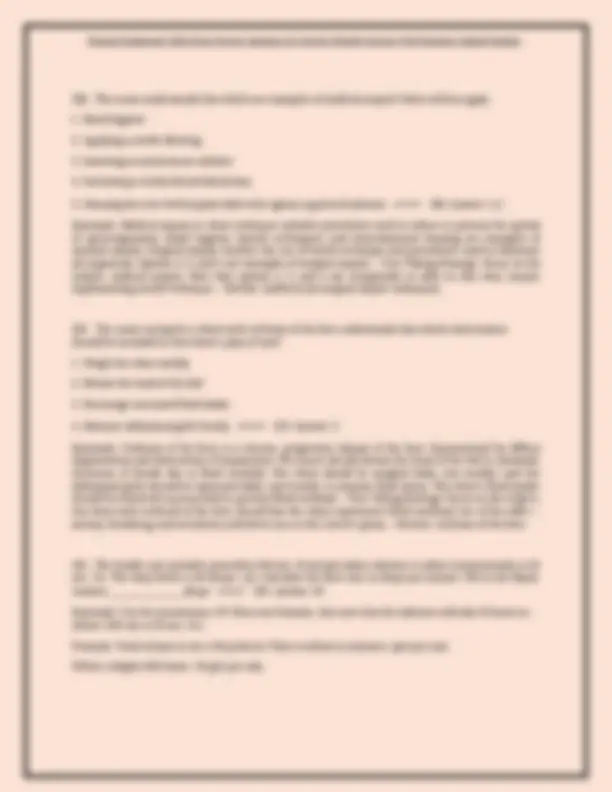
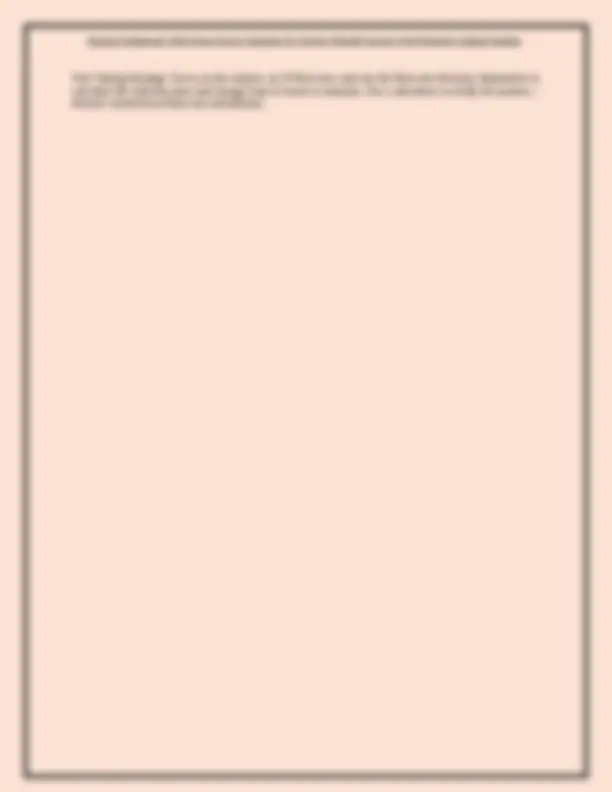


Study with the several resources on Docsity

Earn points by helping other students or get them with a premium plan


Prepare for your exams
Study with the several resources on Docsity

Earn points to download
Earn points by helping other students or get them with a premium plan
Community
Ask the community for help and clear up your study doubts
Discover the best universities in your country according to Docsity users
Free resources
Download our free guides on studying techniques, anxiety management strategies, and thesis advice from Docsity tutors
Nursing Fundamental Skills Exam Practice Questions & Correctly Detailed Answers With Rationale Updated Solution Nursing Fundamental Skills Exam Practice Questions & Correctly Detailed Answers With Rationale Updated Solution Nursing Fundamental Skills Exam Practice Questions & Correctly Detailed Answers With Rationale Updated Solution
Typology: Exams
1 / 52

This page cannot be seen from the preview
Don't miss anything!













































Remember that an adolescent is generally more compliant with a difficult regimen when there is some ability to make choices. • Review: dietary guidelines for the client following jaw surgery.
that options 2, 3, and 4 are comparable or alike because they are unrelated to fluid balance in the body. • Review: fluid volume deficit.
Rationale: When transferring a client, the person performing the transfer should position self as close to the client or object being transferred as possible. The back, neck, pelvis, and feet of the person should remain aligned. Flexing the knees and keeping the feet wide apart will assist in preventing injury to the back. Encouraging the client to assist as much as possible will reduce strain on the person assisting with the transfer. • Test-Taking Strategy: Focusing on the subject, transferring a client from a bed to a chair. Noting the word "intervenes" indicates the need to select an incorrect action by the student. Recalling that positioning self close to the client or object to be moved is indicated during transfer will direct you to this option. • Review: ergonomic principles.
Rationale: To maximize the effectiveness of chest compressions, the person administering CPR needs to avoid letting the fingers rest on the chest. This also helps prevent accidental injury to internal organs. The actions listed in the other options are all part of correct CPR chest compression procedures. • Test- Taking Strategy: Note the strategic words "needs additional teaching." These words indicate a negative event query and the need to select the incorrect option as the answer. Visualize each action in the options to direct you to the correct option. • Review: basic life support.
Rationale: Follow the formula for calculating IV infusion rates. Formula: Total volume in mL x Drop factor/Time in minutes= gtts per min 500mL x 10gtts/360 min= 13.8 rounded to 14 gtts per min Test-Taking Strategy: Note the subject, an intravenous flow rate. Follow the formula. Be sure to convert 6 hours to minutes. Use a calculator to verify the answer. Review: intravenous flow rate calculations.
anatomical positions and think about the purpose of the abdominal thrust maneuver. This will direct you to the correct option. • Review: abdominal thrust maneuver.